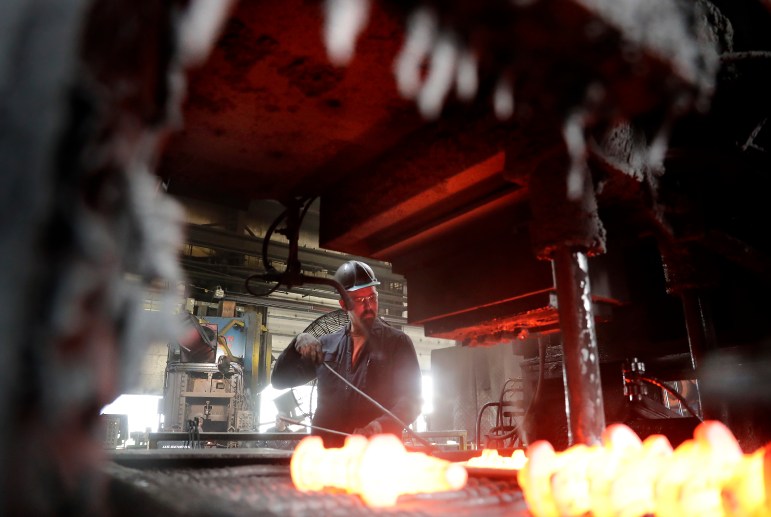The first three months of 2020 are set to be a strong hiring season for Wisconsin businesses.
That’s according to the Milwaukee-based ManpowerGroup, which conducts a quarterly survey of U.S. employers to find out if they plan to grow, downsize or maintain their staffing levels.
ManpowerGroup takes the percentage of survey respondents who expect to grow and subtracts the percentage who expect to downsize. The result is a net employment outlook.
Stay informed on the latest news
Sign up for WPR’s email newsletter.
In Wisconsin, 28 percent of employers surveyed plan to hire more employees, and 6 percent said they plan to downsize — leading to a net employment outlook of 22 percent.
That’s higher than the national net outlook, which stands at 19 percent.
ManpowerGroup’s Amber Laurent said Wisconsin’s hiring pace has been strong for the last few years.
“We’ve seen, as unemployment has decreased, the intentions for hiring have been increasing,” she said.
Wisconsin’s unemployment rate was 3.3 percent in October, the highest it’s been since 2017. According to Laurent, low unemployment rates have given job-seekers more power to pick and choose what jobs they want.
“They will go where they’re going to be offered the most flexibility and the most autonomy to get their work completed,” Laurent said.
Laurent says companies can attract workers with perks like flexible work schedules and opportunities to work from home.
ManpowerGroup also identified the industries that are optimistic to hire, including different types of manufacturing, retail, leisure and hospitality, and construction.
Alicia Naleid, a spokesperson for the Wisconsin Builders Association, wrote in an email that the labor shortage Laurent mentioned is hitting the homebuilding industry hard.
“The biggest complaint we hear from our members is that they can’t fill their jobs and keep their jobs filled,” she wrote.
Wisconsin’s major cities got their own net employment outlooks as well. The Milwaukee-Waukesha-West Allis area’s outlook dropped to 16 percent for the first quarter of 2020 from 21 percent for the last quarter of 2019.
Milwaukee employers might just be a little more cautious than their counterparts around the state, Laurent said.
“I don’t really have any strong concerns with Milwaukee,” she said. “Obviously, Madison has a net employment outlook of 27 percent, which is really high compared to where some areas are. But Milwaukee has been strong all along as well, so I’m not really concerned about the 16 percent.”
Wisconsin Public Radio, © Copyright 2024, Board of Regents of the University of Wisconsin System and Wisconsin Educational Communications Board.






